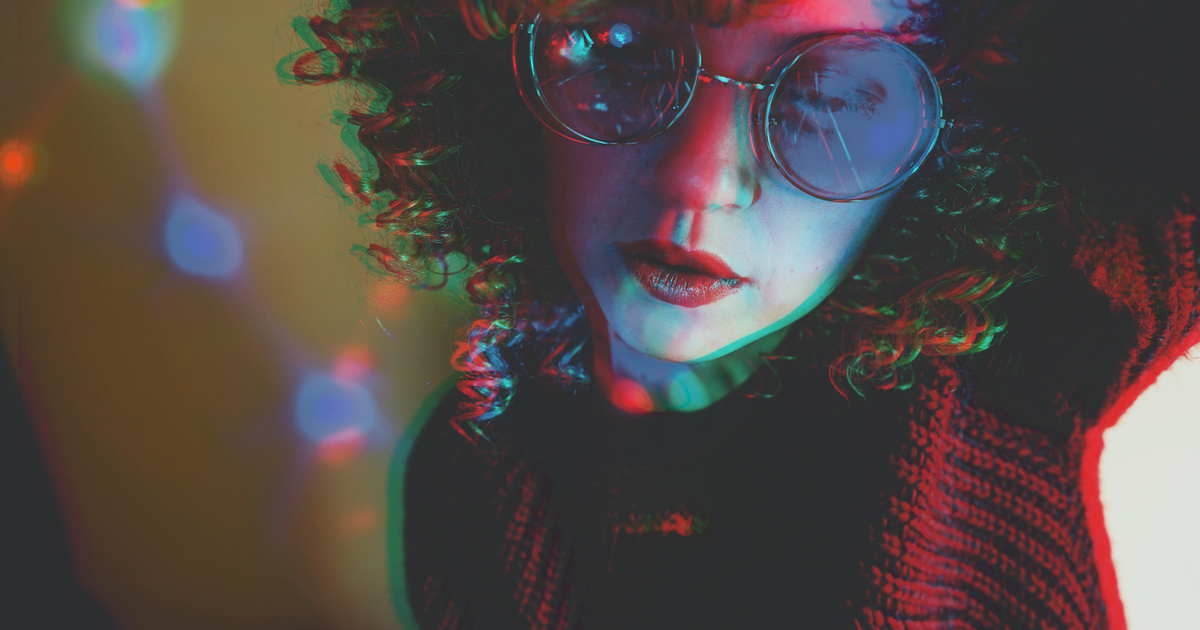The narcotic effect of a flash of light has been known to science for a long time, but the reason is obscure. Dreamachine seeks to understand how this happened
May 29
2023
– 20:30
(Updated 5/30/2023 at 5:27 AM)
Dreammachine is a machine that induces Hallucinatory experiences with light stroboscopic and electronic music. With many installed in rooms across the UK, over 40,000 people have visited and had the chance to see how the machine works – all with the help of ‘guardians’ and staff who guide and relax users at the start of the tour with breathing exercises.
For each “session”, 20 to 30 people were ushered into a room, and had to lie down with their eyes closed. After a 30-minute session, users’ experiences were described as “powerful”, “vivid”, “sparkling” and “magical”.
Anil Seth, a neuroscientist at the University of Sussex and one of the participants in the project – which includes engineers, designers, artists and musicians – commented that hearing the participants’ reports was rare and magical, or as he put it to Wired“We really give something internal and transcendent as a collective experience to people.”
& Ampere ; nbsp;
The researcher’s goal, by the way, is to study the effect of strobe lights on the brain – the anesthetic effects which is still not understood by science. Unpredictable and powerful, the conscious experiences generated by the flash of light have nothing to do with what is being projected, after all, it is just white light, yet it generates colors and shapes in people’s minds.
Visual experiences emerge even when participants close their eyes. Understanding this narcotic effect could be key to understanding the neural basis of visual experience in humans. According to Seth’s study, one of the goals of the Dreamachine is to analyze an ancestry anesthetic effects And how our physiology relates to the process.
Dreamachine effects and hallucinations
One of the fascinating aspects of the Dreamachine, for the scientists, is that the individuals who attempt it provide very different experiences, even though they are in the same environment and experiencing the same effects of light. This, of course, also happens in everyday life, where people have different perceptions of the same truth. It’s a powerful reminder that even if the objective truth is the same, We do not perceive the world in the same way For various psychological and physical reasons.
Even with this diversity of experiences, the participants nearly all share the same feeling: peace. This opens up the possibility of using the device to treat mental health, being a new type of treatment option.
& Ampere ; nbsp;
Light has already been used extensively in treatments for depression and grief, whether in cases of seasonal affective disorder or other forms of illness. Like a drug, experience brings vivid, unexpected, and unusual perceptions into the brain, making people feel different—and often, better.
a Psychedelic effect due to the flash of light it’s called Ganz FlickrAnd we talked about it here Canaltechin an article that tells the story of how science discovered the bizarre consciousness-altering effect caused by lightning bolts and how scientists and artists strived to work with the subject—until the creation of the first-ever dream machine, in 1962.
In addition to the latest Dreammachine, Seth’s team also has a An initiative that seeks to document diversity in human perception – and the visualization enumeration (Perception Enumeration), an online survey that measures participants’ different views of time, sound, color, and even expectations.
The idea, says the scientist, is to understand the hidden space, the structure that ultimately makes us different and that is so hard to discover. It seems to us that we see the world as it is: it is hard to notice that others might see it any other way. More than 20,000 people from more than 100 countries have already taken part in the census, making it one of the largest experiments in the field.
Trending on Canaltech:

“Wannabe internet buff. Future teen idol. Hardcore zombie guru. Gamer. Avid creator. Entrepreneur. Bacon ninja.”


